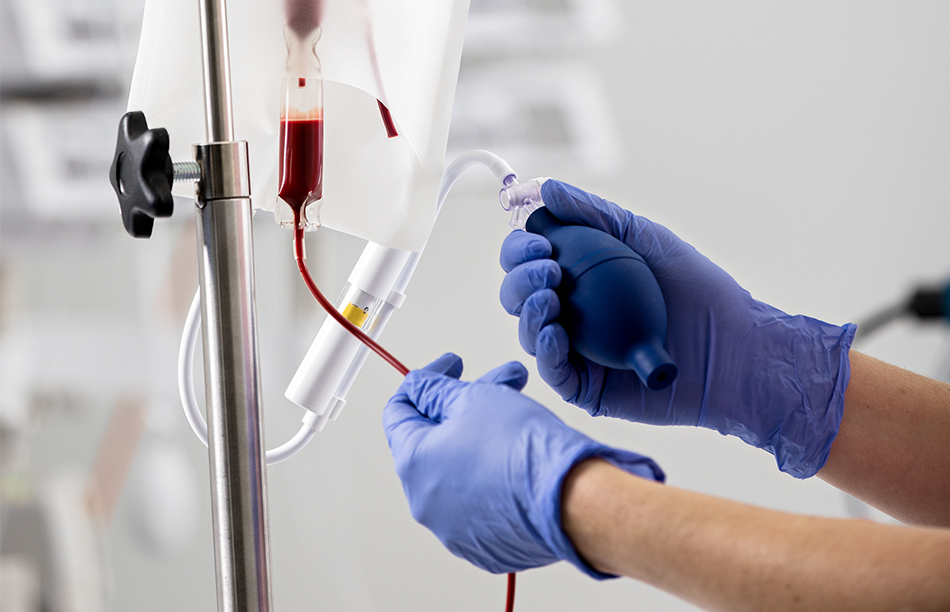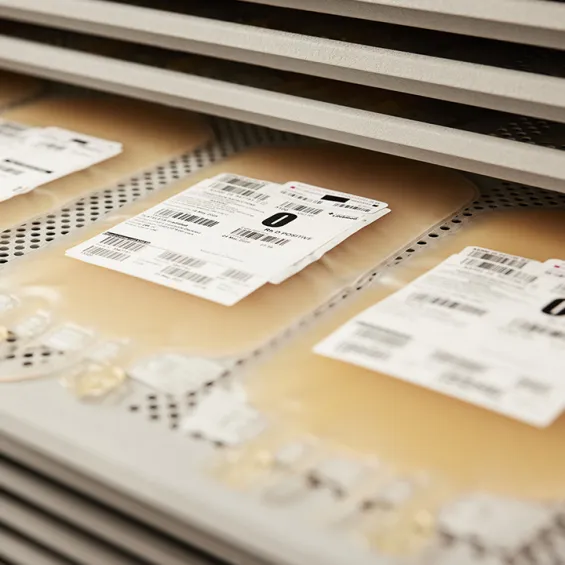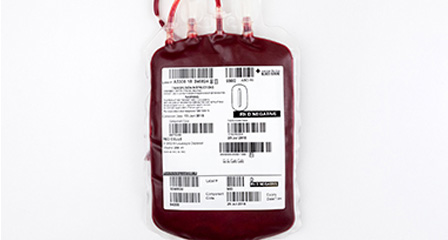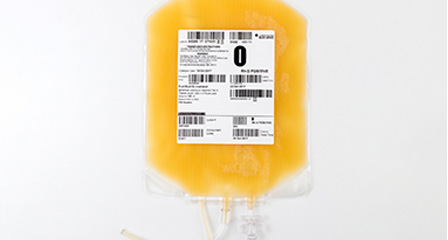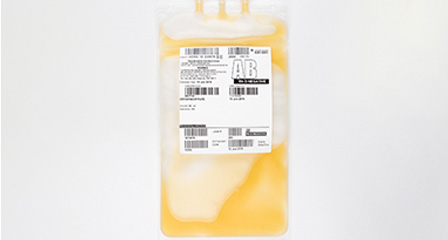Don’t have an account?
Select the donation type you’d like to make
Lifeblood uses blood, platelet and plasma donations to manufacture different blood products. These include red cells, platelets, plasma, cryodepleted plasma and cryoprecipitate. Find out more about these different types of transfusions, and how they can help patients just like you.
Receiving a transfusion
Find out everything you need to know about your transfusion and what happens on the day.
